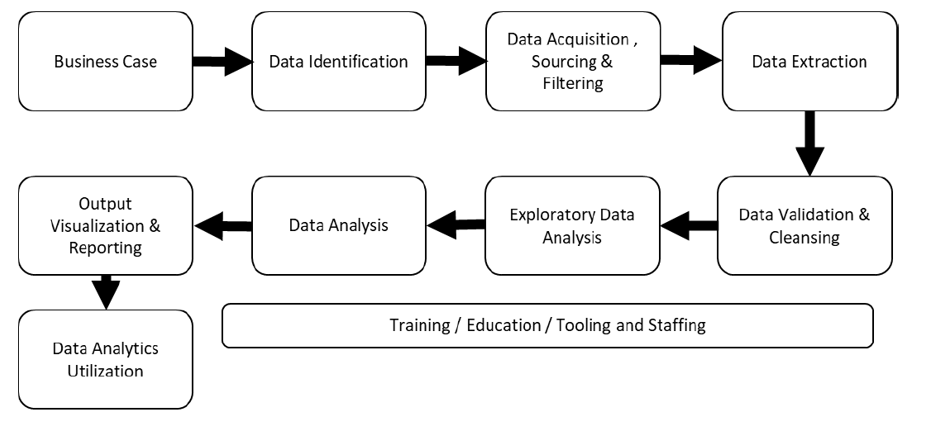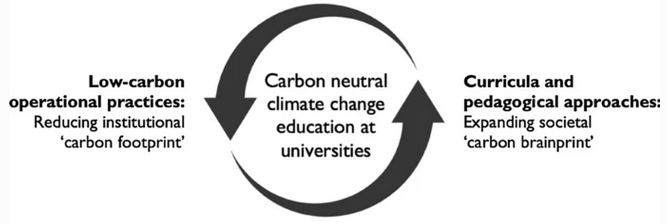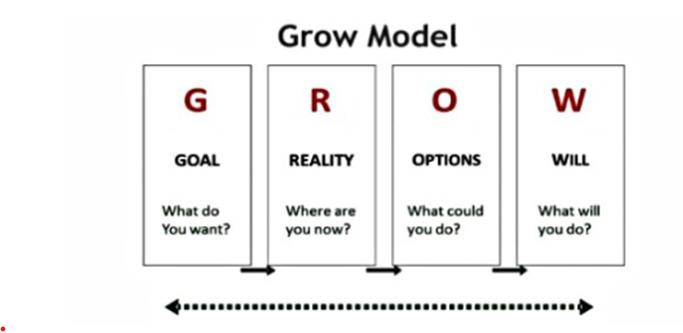7118SOH Assignment Sample Evidence-based Practice and Research Principles 2023
Topic:
“AAP (American Academy of Pediatrics) guideline on ADHD (Attention-Deficit/Hyperactivity Disorder)”
Section one: Introduction
The initial guideline published by the AAP on the treatment and diagnosis of ADHD were updated and replaced two previously published clinical practice guidelines. Initial guidelines focus on the treatment and diagnosis of children between the age group of 6-12 years. Based on surveys the expanded age range falls between 4-18 years of children (Wetterer, 2020).

The updated guideline was established by American Academy of Pediatrics and certified by American Academy of Family Physicians. The diagnosis shows that children between the age group of 4-18 will have academic or behavioural symptoms and problems of hyperactivity, inattention or impulsivity should be identified as ADHD.
Based on the data obtained from parents, teachers, guardians and other clinicians involved in child care will help in diagnosing ADHD. The diagnosis should be based on criteria based on the Diagnostic and Statistical Manual of Mental Disorders, 5th edition (Avion, 2020). On the other hand, ICD-10 can be also used for the diagnosis of ADHD.
Furthermore, primary care clinicians will develop interaction with families and teachers to provide better treatment to the patients. It can be seen that various cultural differences could be the essential issue in diagnosis (American Academy of Pediatrics, 2020). As discusses, it is clear that the entire treatment and diagnosis depends on the perceptions provided by families and teachers so it is mandatory to consider cultural issues.
Section two: Quality of evidence
In this case, multilevel systematic approach was used for identifying literature that builds indication base for both treatment and diagnosis. To analyse involvement of relevant articles in the final research paper, reviewers have taken advantage by searching keywords and then prepared the findings of the articles.
On the other hand, the review of treatment is done using the Agency of Healthcare Research and Quality (AHRQ) Effective Health Care Program, Long-term effectiveness in all ages, the effectiveness of treatment in At-Risk Preschoolers, and Variability in Prevalence (Mercurio et. al. 2019). After reviewing many of the raised questions were addressed along with identifying the efficiency of medications and behavioural interventions for children, pre-schoolers, and adolescents.
Furthermore, there was a lack of data majorly in process-of-care algorithm portion of guidelines; they used expert consensus and a combination of evidence. Strong recommendations proposed were high-quality scientific evidence and supremacy of benefit above harm.

On the other hand, option-level statements were low quality or contain restricted information having a balance between harm and benefits (Wolraich et. al. 2019). The recommendations made were assessed by the epidemiology experienced committee member and graded as per AAP guidelines.
The quality of evidence got a B/strong reference for action that main care clinician can initiate an evaluation for the children suffering from any of the symptoms of ADHD. The benefits addressed include the decrease in the rate of untreated and undiagnosed ADHD in children and adolescents. If they are not able to diagnose it properly then the children would get treatment not beneficial for them (Bloom and Huntington, 2020).
Based on the benefits-harms assessment, primary care clinicians play a crucial role in diagnosis and treatment. Here, treatments obtainable have decent indication whereas lack of treatment offers impaired outcomes. Strong recommendation shows that increased evidence can help in getting an appropriate diagnosis for the children suffering.
On the other hand, the evidence quality for determining Diagnostic and Statistical Manual of Mental Disorders, 4th edition has got B and strong recommendation (Winterstein et. al. 2021). It is evident that using this offers uniform categorisation of the conditions and harms associated with it; is that it doesn’t offer developmental-level differences and can result in misdiagnosis.
Although, it was described as the best supported by evidence and consensus as it is being developed after diverse iterations made by the American Psychiatric Associations. Also, this criterion is under review as the development of DSM-V has begun.
It is then followed by offering FDA-approved medications for the treatment of ADHD to elementary school-aged children between the age group of 6-11 years. It got an A/strong recommendation as to quality evidence. But it has got a B for behaviour therapy. It has been found that behaviour therapy and FDA-approved treatment are beneficial for treating ADHD and it also helps in improving functions (Razzak et. al. 2021).

Along with that, behaviour therapy requires increased care from parents and teachers and some adverse effects of FDA-approved treatment can be seen. Following that, primary care clinicians can offer FDA-approved treatment to adolescents in the age group of 12-18 years, whereas behaviour theory has got C as quality evidence. The evidence is similar to the quality evidence of elementary school-aged children.
It is said that primary care clinicians must take preferences from family and patients before offering the treatment (Hamilton, 2019). The primary care clinicians must titrate the doses so adverse effects can be reduced and benefits could be increased have got the quality of evidence B/Strong recommendations. Based on the quality of evidence, recommendations and conclusions will be drawn.
Section three: Conclusion and recommendations
It has been found in the clinical guidelines that primary care clinicians must diagnose the situation as per the DSM-V and must offer a special care to children and adolescents. The guidelines recommend that initial diagnosis for ADHD must be started with an analysis of behavioural problems and symptoms. It is because the most common disorder of ADHD is neurobehavioral disorders and can be seen in around 8% of children (Crevier-Quintin et. al. 2020).
It is then followed by a diagnosis of other symptoms that can exist along with ADHD in children including emotional, physical, or behavioural conditions. The guideline recommends that these conditions include seizures, mood disorders, language disorders, learning problems, developmental coordination disorders, and many more.
The inclusion of these disorders can probably alter the treatment of ADHD. They must conduct an assessment for determining the risk and AAP has developed various toolkits and algorithms through this task force of mental health.
Furthermore, it has been advised that primary care clinicians must start with behaviour therapy for preschool-aged children and they can prescribe methylphenidate if no improvements are observed. It is described that if in case of behaviour therapy is not available then they must take the risks of medication rather than delaying the treatment or diagnosis.
In elementary school-aged children and adolescents, it is preferred that they must initiate behaviour therapy and FDA-approved treatment. Behaviour therapy requires increased family involvement along with the increased cost of care.
References
Books and Journals
American Academy of Pediatrics, (2020). Wolraich ML, Hagan JF, Allan C, et al; Subcommittee on Children and Adolescents with Attention-Deficit/Hyperactive Disorder. Clinical Practice Guideline for the Diagnosis, Evaluation, and Treatment of Attention-Deficit/Hyperactivity Disorder in Children and Adolescents. Pediatrics. (2019); 144 (4): e(2019)2528. Pediatrics, 145(3).
Avion, A.A., (2020). The Unique Influence of Executive Functions on Driving Impairment in Adolescents with Adhd (Doctoral dissertation, Saint Louis University).
Bloom, M.V. and Huntington, M.K., (2020). Evidence of Long-Term Benefit of ADHD Medications Lacking.
Crevier-Quintin, E., Schneider, A.N., Kubas, H.A. and Hale, J.B., (2020). American Academy of Pediatrics ADHD Clinical Practice Guidelines: Where is the” Neuro” in this Neurobehavioral Disorder?.
Hamilton, S., (2019). Pharmacologic Treatment for Older Children with ADHD. American family physician, 100(8), pp.455-456.
Mercurio, L.Y., Amanullah, S., Gjelsvik, A. and Gill, N., (2019). Children with Attention Deficit Hyperactivity Disorder Less Likely to Meet Daily Physical Activity Recommendations.
Razzak, H.A., Ghader, N., Qureshi, A.A., Zafar, M., Shaijan, J.F. and Al Kuwari, M., (2021). Clinical Practice Guidelines for the Evaluation and Diagnosis of Attention-Deficit/Hyperactivity Disorder in Children and Adolescents: A systematic review of the literature. Sultan Qaboos University Medical Journal, 21(1), p.e12.
Wetterer, L., (2020). Attention-Deficit/Hyperactivity Disorder: AAP Updates Guideline for Diagnosis and Management. American Family Physician, 102(1), pp.58-60.
Winterstein, A.G., Li, Y., Gerhard, T., Linden, S. and Shuster, J.J., (2021). Medication use for ADHD and the risk of driving citations and crashes among teenage drivers: a population-based cohort study. Journal of attention disorders, 25(11), pp.1511-1518.
Wolraich, M.L., Chan, E., Froehlich, T., Lynch, R.L., Bax, A., Redwine, S.T., Ihyembe, D. and Hagan, J.F., (2019). ADHD diagnosis and treatment guidelines: a historical perspective. Pediatrics, 144(4).
Know more about UniqueSubmission’s other writing services:

